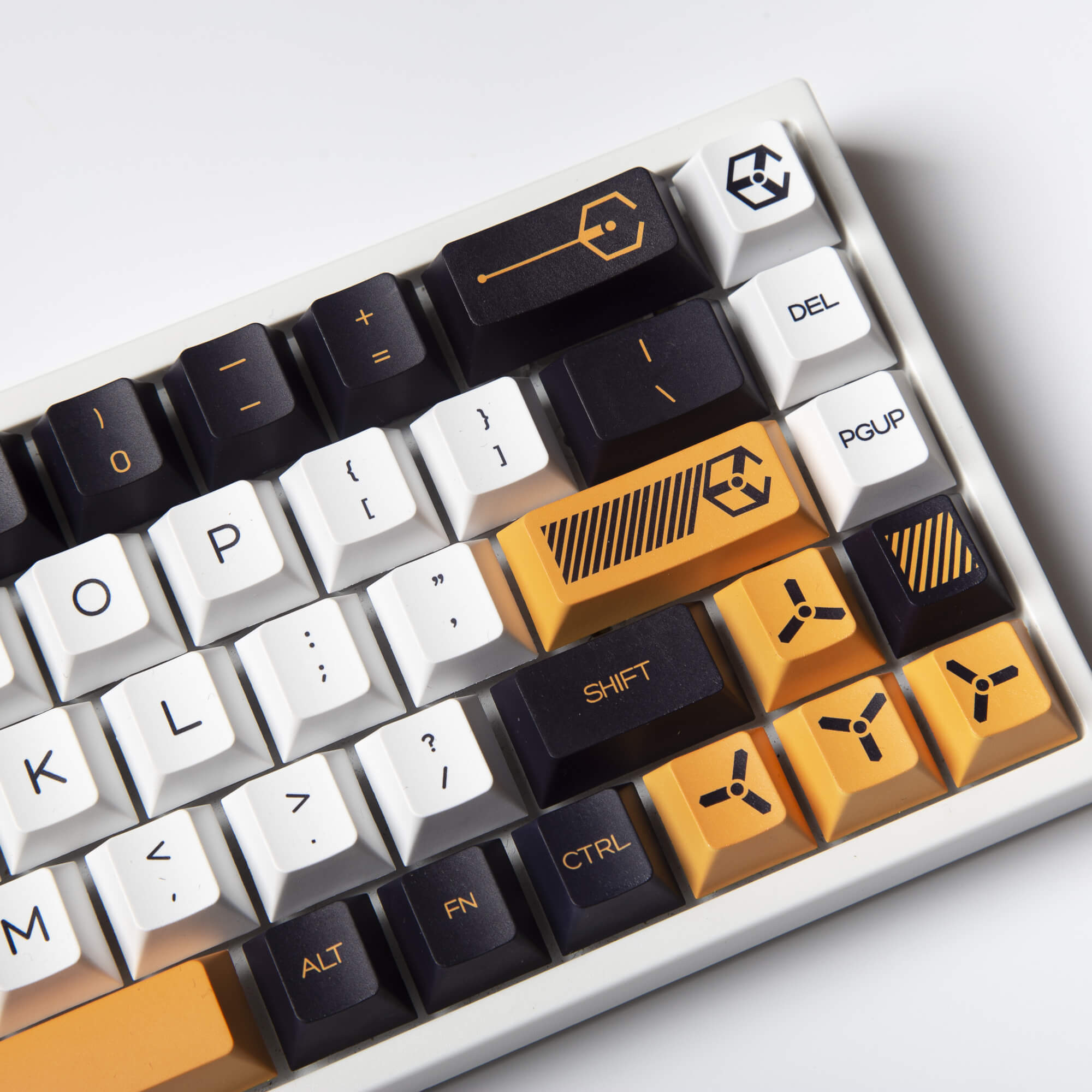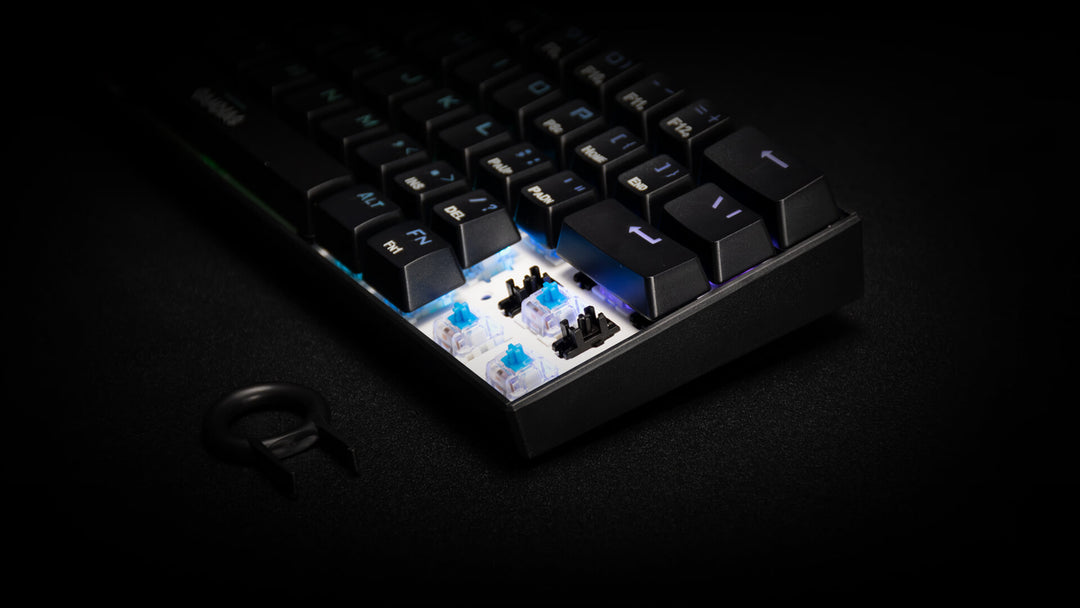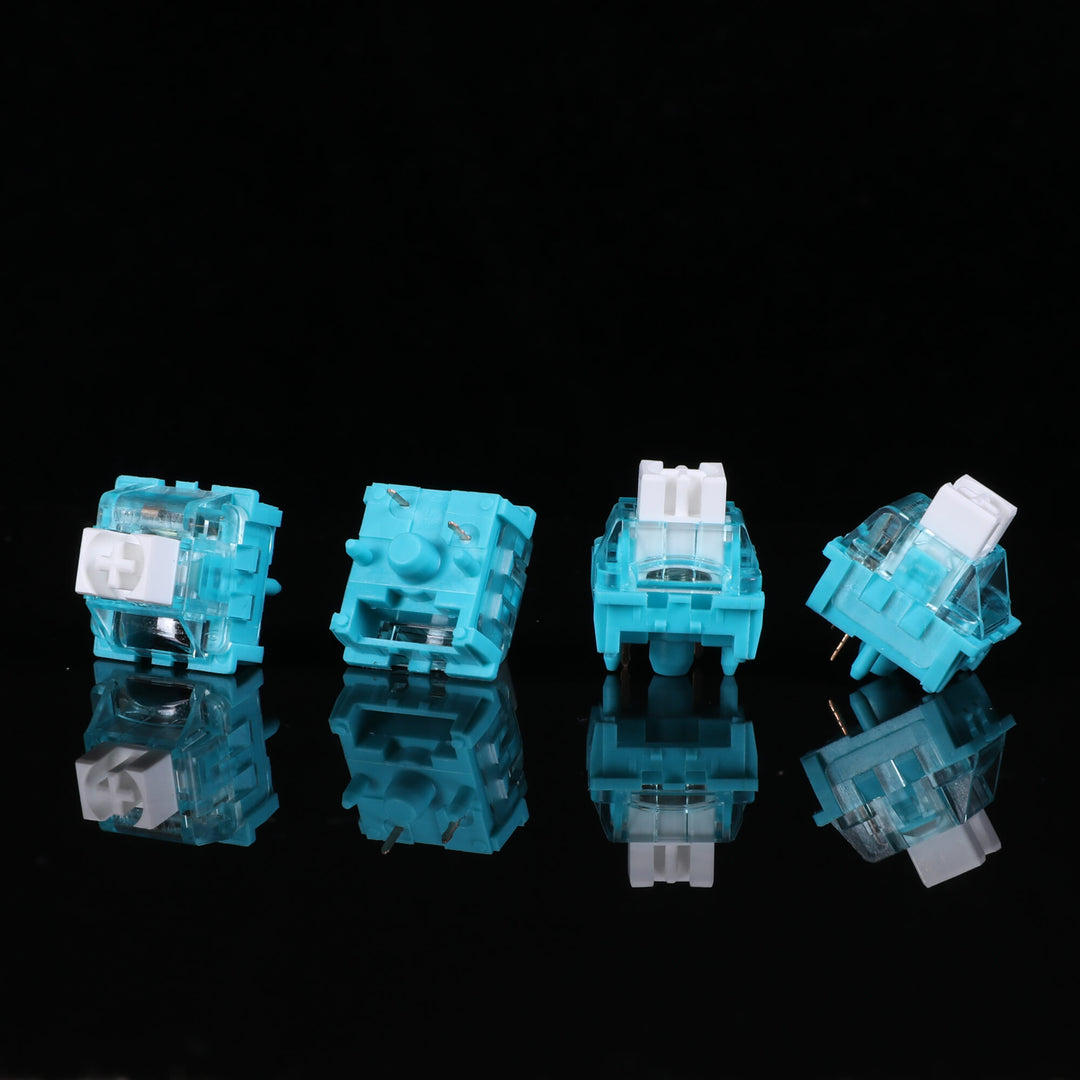When it comes to mechanical keyboards, choosing the right keycap profile is critical for a comfortable and efficient typing experience. The two most popular profiles are Cherry and OEM, and each has its own strengths and weaknesses. In this post, we'll explore the differences between the two and help you determine which one is right for you.
Cherry Profile
The Cherry profile is named after the Cherry Corporation, a German manufacturer of keyboard switches. This profile has a low, curved shape with a slight slope towards the center of the keyboard. The keycaps are sculpted to match the shape of your fingers, making them more comfortable to type on for extended periods.
One of the primary advantages of the Cherry profile is its uniform keycap heights, which provide a consistent typing experience across the entire keyboard. The keycaps are also relatively thin, reducing the distance between the keys and the switches, resulting in a more responsive and tactile typing experience.
OEM Profile
The OEM profile is a generic term used to describe the keycap profile used by many original equipment manufacturers. This profile has a higher, more cylindrical shape with a flat top surface. Unlike the Cherry profile, the keycaps are not sculpted to match the shape of your fingers, which can make them less comfortable to type on for extended periods.
The OEM profile's primary advantage is its taller keycaps, which can provide a more satisfying typing experience for some users. Additionally, the keycaps are thicker than those of the Cherry profile, providing a more solid and stable feel.
So, which one is right for you?
Choosing between Cherry and OEM profiles ultimately comes down to personal preference, but there are some factors to consider:
Typing Style: If you have a heavy typing style, you may prefer the Cherry profile due to its uniform keycap heights and thin keycaps. If you prefer a lighter typing style, you may prefer the OEM profile due to its taller keycaps and thicker keycaps.
Hand Size: If you have larger hands, you may find the Cherry profile more comfortable due to its sculpted keycaps. If you have smaller hands, you may prefer the OEM profile due to its taller keycaps.
Key Switch Type: The keycap profile can also affect the sound and feel of your keyboard depending on the type of key switch you're using. For example, Cherry MX Brown switches may feel more tactile with Cherry profile keycaps, while Cherry MX Blue switches may feel more satisfying with OEM profile keycaps.
In conclusion, both Cherry and OEM profiles have their pros and cons, and the choice ultimately comes down to personal preference. When choosing a keyboard, it's essential to try out different profiles to see which one feels best for you. By selecting the right keycap profile for your typing style, hand size, and key switch type, you can unlock the full potential of your mechanical keyboard and elevate your typing game.




